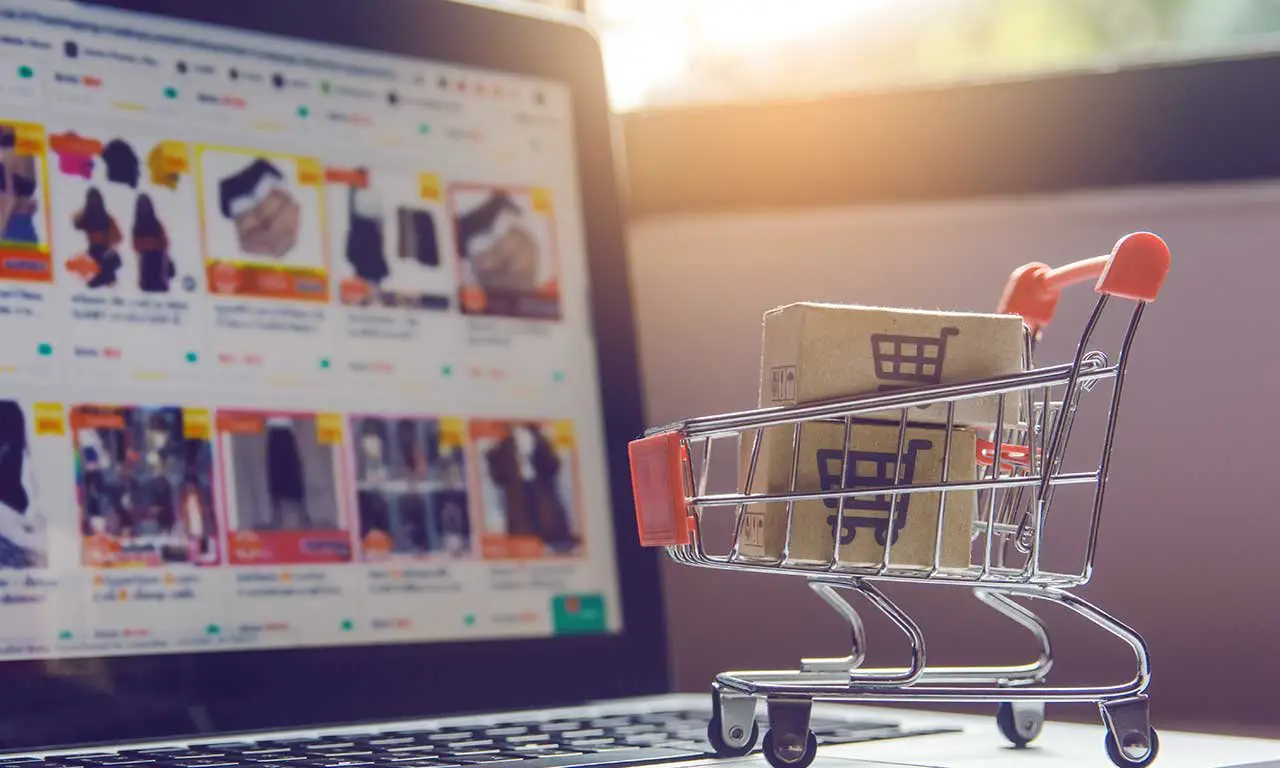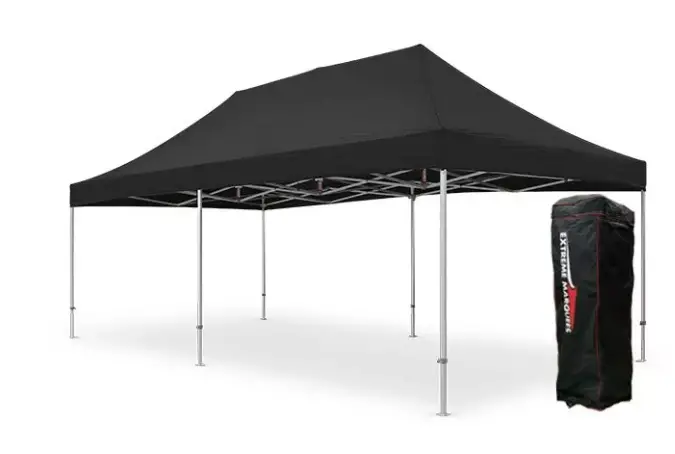As e-commerce continues to grow, so does the demand for sustainable business practices— especially in warehousing and distribution.
With millions of packages being shipped daily around the world, we cannot ignore the environmental impact of this industry. Fortunately, many companies are recognizing the importance of reducing their carbon footprint and implementing innovative strategies to do so.
Sustainability in e-commerce is important not only for the environment but also for a company’s reputation and customer satisfaction. Customers are increasingly seeking businesses that prioritize sustainability and are willing to pay more for eco-friendly products and services.
Besides, sustainable practices can lead to cost savings in many ways, such as reduced energy consumption and waste. Overall, it is something that benefits us all, so we must find possible ways to include it in our e-commerce businesses.
This article explores the best practices and innovations in sustainable e-commerce warehousing and distribution, including the use of electric vehicles, biodegradable packaging, and optimized supply chain networks.
It is up to you whether you wish to start small or go all in, but understand the concept well before deciding.
1. Market Your Sustainable Brand Ethos
Before anything, upgrading your brand ethos to a sustainable vision is important. A brand ethos is what you are as a brand and your values. It is the view your customers have about your business.
Thus, you must first create a sustainable brand ethos and market it across all your platforms. Your website, social media, and physical brochures should all include this. You may even create a dedicated page on your website about your sustainable initiatives.
This assures your customers that buying your services means doing something honorable for the world.
2. Minimal Packaging
Having a great brand ethos isn’t sufficient. You must back it up with worthy undertakings, and a great start would be your product packaging.
Gone are the days when customers were happy to see lavish packaging. Now they are more concerned about the end waste it creates. In fact, they expect brands to use simple packaging.
Based on a survey conducted in 2019, 59% of Australians actively seek out brands with sustainable packaging. More surprisingly, 66% of buyers are fine with paying extra for products with eco-conscious packaging.
These staggering numbers have encouraged businesses to innovate minimal packaging options to satisfy their customers continually.
3. Ensure Recycling Policies
After packaging, customers worry about recycling possibilities. Thus, you can allow for recycling in any small way you can.
For instance, recycling cardboard only takes approximately 25% less energy than making new cardboard boxes. It also saves a lot of landfill space. So, you can go as big or small as you want with your recycling policies.
4. Cut Back on Energy Waste
Sustainability can also apply to your whole business processes, such as how you handle your offices and warehouses, in addition to your shipping methods and product composition. Energy expenditures can be greatly reduced by making easy adjustments like shutting off equipment when not in use, purchasing low-energy lights, and bringing down the thermostat in the office.
If you are serious about energy consumption, you can even conduct an energy audit to identify areas where savings are possible. It is the first step in minimizing energy waste in your company’s infrastructure.
When you know what will be the simplest way with the most overall impact, you can start making improvements accordingly.
5. Create Product Resale Programmes
While some products are use-and-throw type, some are use-and-reuse type. As a business, if you are dealing with the second category, it’s good to take the responsibility to allow for reselling of your products. For example, a fashion 3PL warehouse can handle your resale program for worn outfits.
Only a few successful businesses have tapped into the power of these resale programs. However, this concept is growing at a much faster rate than expected.
Here, the circular economy is at play, which involves giving second life to products. It goes to a second owner and, in some cases, even a third owner. You see two possibilities with used products:
- Recycle and create a new product, or
- Reuse directly by a different person
This trend is especially popular among Gen Z customers.
6. Provide Sustainable Shipping
Fast shipping is more in demand than ever in e-commerce. A major share of your e-commerce’s success relies on how fast you deliver the products. One downside to this is that the increased amounts of product shipping create a significant carbon footprint.
There are many techniques to lessen the impact of shipping, such as
- Adopting recyclable packaging
- Printing thermal labels to save on ink
- Cutting back on the amount of packaging
- Reducing the amount of returned goods you ship out.
- Looking into green initiatives from significant carriers like FedEx that can provide paperless invoicing and other eco-friendly choices.
Final Words
Sustainability in e-commerce is becoming increasingly important as consumers become more conscious of the environmental impact of their purchases.
By implementing the 6 best practices discussed in this article, e-commerce businesses can not only reduce their environmental footprint but also improve their brand reputation and customer loyalty.
From optimizing packaging to using sustainable delivery options, there are numerous ways to make e-commerce more sustainable. Prioritise sustainability in your operations, and your e-commerce business can contribute to a healthier planet while remaining competitive in the rapidly growing e-commerce market.
A reliable 3PL partner such as Efficient Services Group is much needed to achieve your sustainability goals.
Seek them out when you need a hand with your business operations. They are versatile in a range of services, from fashion warehousing and distribution to order fulfillment services.


















